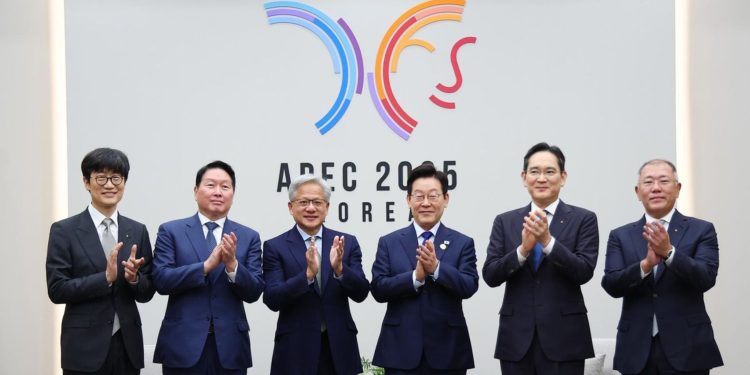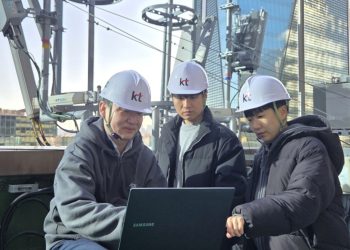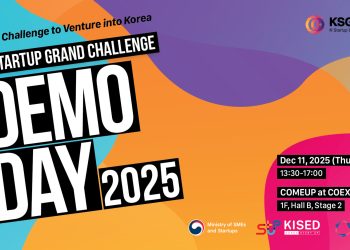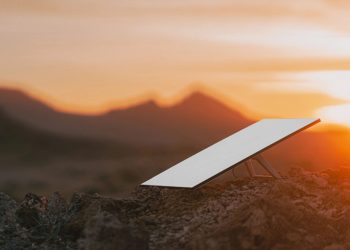Government and industry align to deploy 260,000 GPUs and build national AI computing backbone
South Korea has formed a public–private task force to speed up the development of national AI infrastructure using Nvidia’s hardware. The initiative involves the Ministry of Science and ICT together with SK Telecom, Naver, Hyundai Motor Group and Samsung Electronics, establishing a central body to coordinate large-scale AI deployment across industries.
The move is part of South Korea’s broader strategy to secure leadership in the global AI race. By aligning key players across semiconductors, cloud, mobility and telecom, the government aims to build a scalable infrastructure capable of supporting next-generation AI models and industrial applications.
Focus on GPU Deployment and Governance
At the inaugural meeting near Gwanghwamun, Seoul, officials and corporate executives discussed practical steps for implementing Nvidia’s GPU roadmap. The session was chaired by Second Vice Science Minister Ryu Je-myung and attended by senior leadership from Samsung, Hyundai Motor, SK Telecom and Naver Cloud.
The working group will create a platform to:
- Coordinate GPU allocation across sectors
- Develop AI infrastructure strategies
- Ensure alignment between public policy and private sector needs
- Prepare for long-term industrial AI adoption
Officials said the group will meet regularly and operate under a structured coordination system.
Nvidia’s Blackwell Chips at the Heart of the Plan
The initiative follows Nvidia’s pledge to supply up to 260,000 Blackwell GPUs to South Korea. Once deployed, the country’s total AI computing power could exceed 300,000 GPUs, up from the current 65,000 — positioning South Korea among the world’s largest AI hubs outside the United States.
Planned GPU distribution:
| Entity | Units to Be Secured |
| South Korean Government | 50,000 |
| Samsung Electronics | 50,000 |
| Hyundai Motor Group | 50,000 |
| SK Telecom | 50,000 |
| Naver | 60,000 |
These GPUs will support AI research, automotive development, mobility platforms, cloud services, and large-scale model training.
Policy Backing and Strategic Coordination
The government has proposed a two-layered structure:
- Practical working group – for ongoing implementation and technical coordination
- High-level advisory group – to address regulation, investment strategy and national competitiveness
Minister Ryu Je-myung emphasized the importance of unified action, stating:
“The government and private sector will move forward as one team to advance Korea’s AI leadership.”
Industry representatives welcomed the move but stressed the need for transparent allocation of computing resources and clear regulatory guidance.
Implications for Korea’s AI Strategy
Analysts say the working group could offer South Korea a head start in global AI competition by accelerating infrastructure deployment and creating a shared national computing ecosystem. Early access to Nvidia’s Blackwell GPUs may enable:
- Larger and faster model training
- AI adoption in industrial sectors
- Cross-industry collaboration
- International research partnerships
The initiative is expected to influence South Korea’s AI direction in core industries including:
- Telecommunications
- Automotive manufacturing
- Cloud computing
- Logistics & automation
Outlook: A Race Toward AI Sovereignty
Experts believe this initiative may reshape South Korea’s AI roadmap, signaling a strategic pivot toward AI sovereignty — where computing capacity becomes an economic advantage. With competition intensifying globally, the working group may serve as a blueprint for national AI infrastructure strategies in other countries.
If effectively executed, Korea could emerge as one of the world’s first large-scale AI infrastructure hubs, backed by government policy, industrial strength, and Nvidia’s computing hardware.
Image credits: Yonhap







